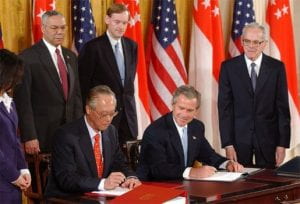Damon Coletta
Abstract: An analysis of doctrine and policy in practice in a post-Cold War age. Doctrine should be considered to function like a traffic light, a means of allowing states to move in a coordinated manner and avoid individual or mutual destruction. How can a doctrine declare defiance to an aggressor without committing the declaring state to a self-destructive endgame? Can assertions of policy create a layer of security that limits violence? Can psychology and culture be used to avoid zero-sum endgames? British experience in Africa will demonstrate how doctrine can guide states independently of or despite circumstances on the battlefield. Doctrine is concluded to be only as effective as the state is demonstrating a capacity for violence. Further, doctrine is useful in dissuading rivals from aggression and accepting limited concession only when the defender behaves ambiguously. When both parties “know” how the opponent will react doctrine loses its force. To limit ambiguities and misapprehensions, states should enforce doctrine when the weakest rivals violate it in order to reduce self harm and still appear consistent. The article recommends cautious doctrine advocating consensus-building, consultation and symmetric response when the United States is confronted by aggressors. Doctrines are constructed by domestic political necessity. While the cautious doctrine is best, in democracies, cautious doctrines leave the current regime at risk of criticism from rising political regimes that advocate the harder line.
Keywords: Doctrine Boer War Gladstone Salisbury Empire Hegemon Gilpin Cold War War on Terror




You must be logged in to post a comment.